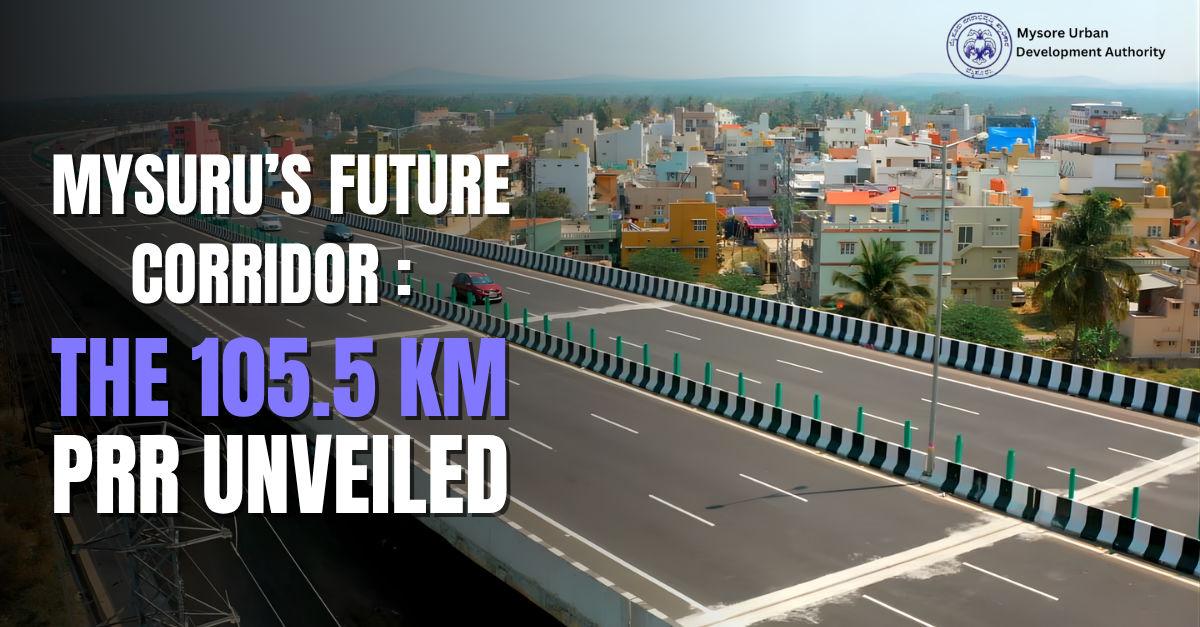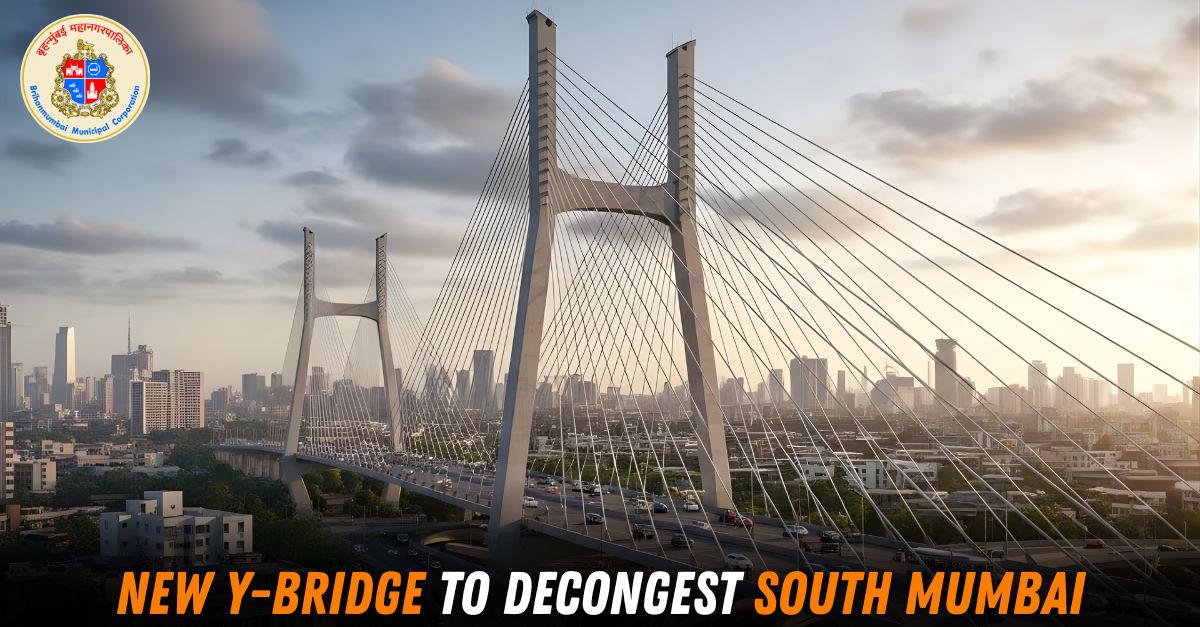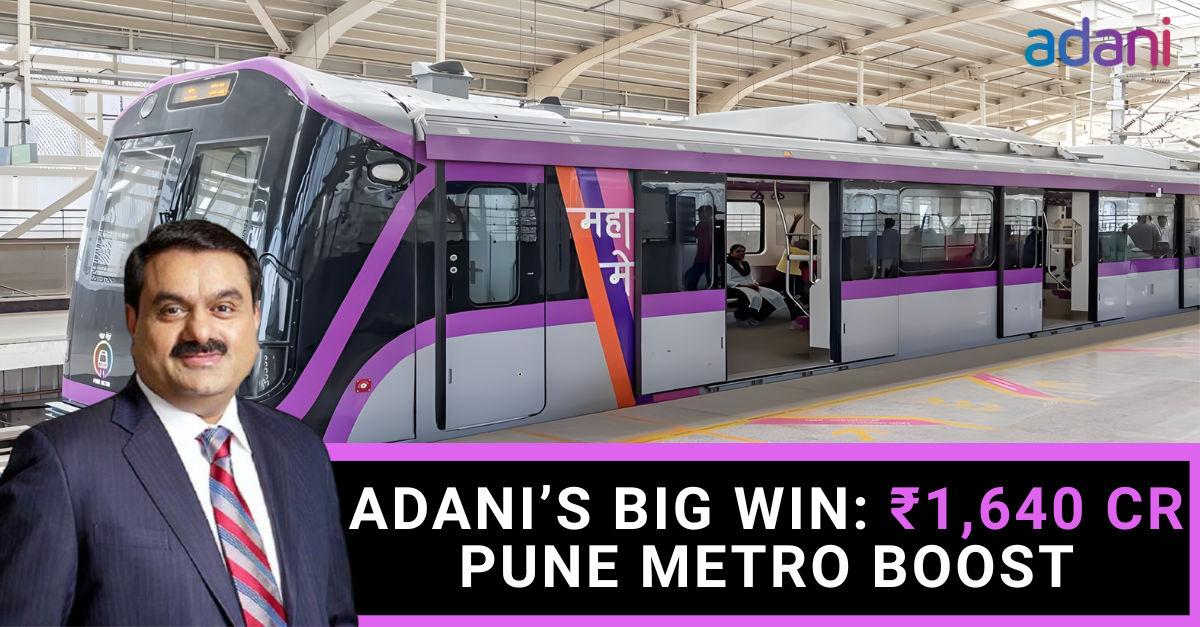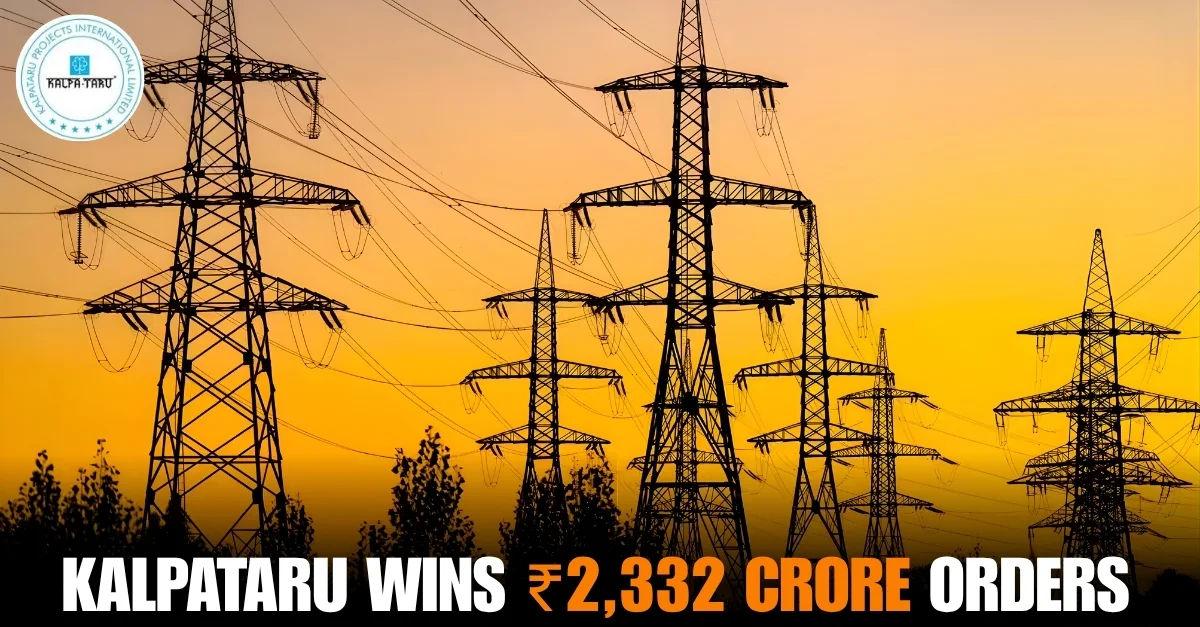Kolkata Metro is set to invest ₹500 crore to overhaul the Blue Line’s aging ventilation, air-conditioning, tunnel, and safety systems—marking the most significant upgrade of the corridor in four decades
Metro Railway Kolkata has floated tenders to modernize the 16.9 km underground stretch between Rabindra Sarobar and Belgachhia. This includes upgrading the environmental control systems (ECS)—namely centralised, water-cooled chillers, towers, coils, and ducting across all 15 underground stations and the twin running tunnels.
The existing systems, installed when the corridor first opened in the mid‑1980s, are now outdated and vastly undersized to handle current temperature loads. The new HVAC systems will be more energy-efficient, deliver cooler station environments, and—critically—enhance fire ventilation and emergency evacuation capabilities.
The decision comes after structural cracks appeared in four columns at the southern terminal station, Kavi Subhash (New Garia). The station has been shut since July 28, and services have been cut back to Shaheed Khudiram.
Engineers found that the station was built on a weak raft foundation in slushy Adiganga soil, instead of using proper piling. That design flaw, combined with heavier monsoon rainfall, caused the platform to subside. Metro Railway has initiated a structural probe and is working with RITES to design a full rebuild of the platform within a nine-month timeframe.
Following reconstruction of the damaged station, Metro will take up the full tunnel overhaul—covering the 16.45 km stretch between Dum Dum and Tollygunge. This phase includes track repairs, sealing leaks, replacing corroded pillars, repairing platforms, and modernizing signaling and ventilation infrastructure. It’s expected to take three to five years to complete.
Significantly, once the station is restored, Metro Railway has retained commercial services—meaning regular train operations will continue during retrofit works.
Why This Matters
- •- Safety first: Seoul‑Kavi Subhash cracks highlighted the risks posed by decades‑old station and tunnel design in Kolkata’s unique soil conditions.
- •- Major commuter impact: Blue Line carries millions daily across 26 stations and spans about 32 km from Dakshineswar to Kavi Subhash. Any disruption reverberates across the city.
- •- Upgrading legacy systems: This is among the first major modernization efforts for India’s oldest underground metro system. Updating HVAC and signaling and switching to an aluminum third rail is expected to trim energy costs and reduce carbon emissions by ~50,000 tonnes over the system’s lifespan.
What to Watch For
- •- Completion of the nine-month rebuild at Kavi Subhash station.
- •- Final award of the ₹500 crore tender, likely soon after the tendering process wraps up this month.
- •- Rollout phases for tunnel works—priority zones, peak-hour mitigation, and signaling upgrades.
- •- Potential cost escalations, design adjustments, and contractor performance benchmarks.
For contractors, consultants, HVAC suppliers, and public safety professionals, this stands out as a defining EPC opportunity—balancing immediate safety needs with long-term reliability and comfort. It also signals a shift in urban transit planning: legacy corridors need modern systems to serve contemporary city populations.







